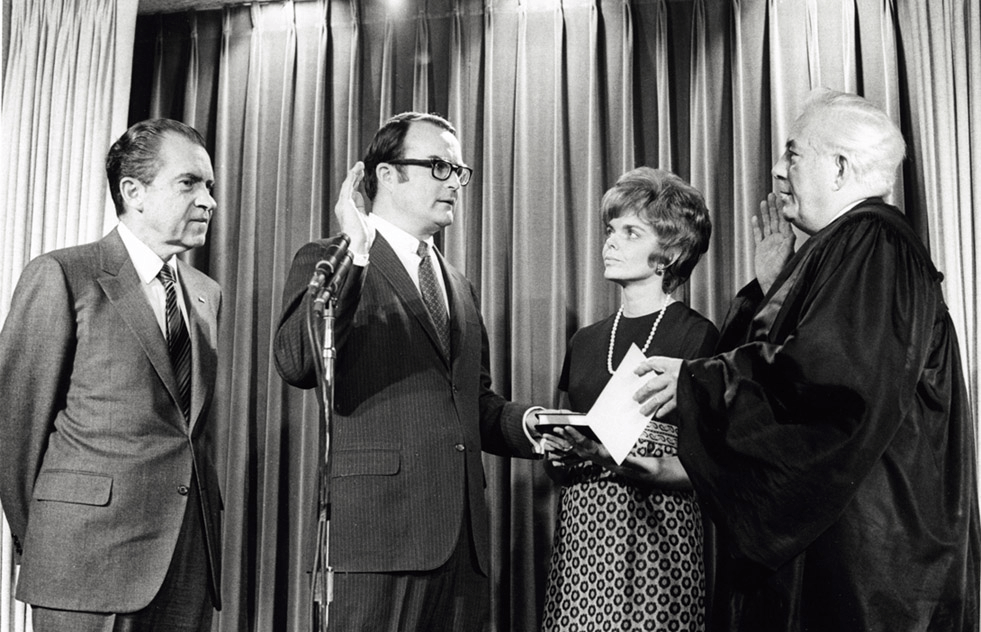
By Harnoor Dhaliwal
Life cycle assessment (LCA) has emerged as an important tool for understanding the environmental footprint of products and services, with inventory analysis and life cycle impact assessment (LCIA) helping to itemize and quantify environmental impacts. Although LCA and LCIA are new concepts for many outside the sustainability community, they have a remarkably long history. Here’s a brief look at their evolution, and the ongoing intellectual investment and refinement that make them such powerful tools today.
That evolution began more than four decades ago, with the earliest relevant studies dating to the late 1960s and early 1970s when emerging environmental issues such as energy, solid waste and resources were primary concerns. (Excellent historical perspectives can be found in the 2011 policy analysis Life Cycle Assessment: Past, Present, and Future, edited by J.B. Guinée.)
It wasn’t called LCA back then. The term resource and environmental profile analysis (REPA) was often applied to these kinds of assessments, which used diverse approaches and definitions. This lack of standardization and absence of a shared common framework for impact assessment made it very difficult to get reliable and reproducible LCIA results until the 1990s.
The first method to emerge as a standard LCIA methodology was CML 1992 (Guinée et al., 2002). Built with what were then state-of-the-art modeling tools, it gave us a set of 10 impact categories based on what we care about and need to protect. The CML method used models like RAINS-LCA for assessing acidification and eutrophication and USES-LCA 1.0 for assessing toxicity, and has provided a basis for subsequent advancements.
Many new methods and models have been developed since then. We saw EDIP, a Danish method (Wenzel et al., 1997). In addition to measuring climate change, ozone depletion and toxicity, it included solid waste as one of the impact categories. In 2002, the U.S. Environmental Protection Agency released TRACI (Bare, 2002), in which impacts are modeled in the context of North American conditions – a step that made it more attractive for U.S.-based LCA studies.
We also saw methods like Ecoindicator 95 and Ecoindicator 99 (Goedkoop et al, 1999) that introduced a new approach to impact assessment: measuring impacts at the end of the cause-effect chain. This endpoint method was created to ease decision-making by presenting results as three key relatable areas of protection, i.e., human health, ecosystems and resources. This approach was later incorporated into hybrid methods like IMPACT2002+ (Jolliet et al., 2005) and ReCiPe (Goedkoop et al., 2009), which include impact assessment at both midpoints and endpoints.
Along the way, one of the most challenging aspects of impact assessment remained the modeling of toxicity, and the challenges associated with assessing its potential impact using generic values. Actual toxicity impacts are, of course, highly location-specific and dependent upon existing background concentrations and thresholds. This discrepancy between measured impacts and actual impacts leads to great uncertainty in the results.
To make matters worse, each impact assessment method used different models, parameters and units, making it nearly impossible to compare results across different methods.
This criticism led to efforts to unify and harmonize the models. The Life Cycle Initiative, sponsored jointly by the United Nations Environment Program (UNEP) and the Society for Environmental Toxicology and Chemistry (SETAC), engaged the developers of CalTOX, IMPACT 2002, USES-LCA, BETR, EDIP, WATSON and EcoSense in creating a consensus model that incorporates the strengths of each and provides the most robust results.
The result of this effort was the USEtox model (Hauschild et al., 2008). USEtox has since been reviewed and endorsed by the Life Cycle Initiative and was incorporated in some of the newer methods, such as ILCD 2011 (European Commission, 2012), TRACI 2.1 (U.S. EPA, 2012) and IMPACT world+ (now in a beta version).
Making impact assessment more spatially specific is another area of ongoing work. Given how geographically spread out LCA can be, developing spatially specific methods means greater complexity and a lot more data. The IMPACT World+ method attempts to address this issue by creating several regions based on an archetype approach. For example, for assessing respiratory impacts, urban and rural archetypes are used which consider population density.
Another area of big change and evolution is the treatment of water depletion – a topic that wasn’t even considered in the early days, but is now at the front and center of environmental evaluations. A milestone in water depletion LCIA came in 2008, with regionalized characterization factors at both midpoints and endpoints (Pfister et al 2009; Pfister et al 2010; Motoshita et al 2010; Berger et al 2014).
Today’s LCIA methodologies have come a long way from where they started, thanks to the hard work, patience and persistence of hundreds of researchers around the world. With an increasing understanding of the environmental mechanisms and more and better data, we are continuing to reduce the uncertainty in the results. While many aspects of LCIA need additional work and improvement, we have better tools than ever before, and increasingly reliable guidance towards more-sustainable approaches.
Image credit: Nixon Presidential Library via Wikimedia Commons
Harnoor Dhaliwal is a certified LCA consultant at EarthShift Global. She holds a Bachelor’s degree in Botany from University of Delhi, India, and a Master’s degree in Environmental Policy Studies from New Jersey Institute of Technology. She did her graduate research work on sustainable remediation of contaminated sites. At EarthShift Global, Harnoor has carried out ISO-compliant Life Cycle Assessment studies on products including biofuels, packaging materials, food products, medical and pharmaceutical products, and industrial equipment. She has also developed and taught LCA courses. Her current focus is evaluating social Life Cycle Assessment and its application.
TriplePundit has published articles from over 1000 contributors. If you'd like to be a guest author, please get in touch!














